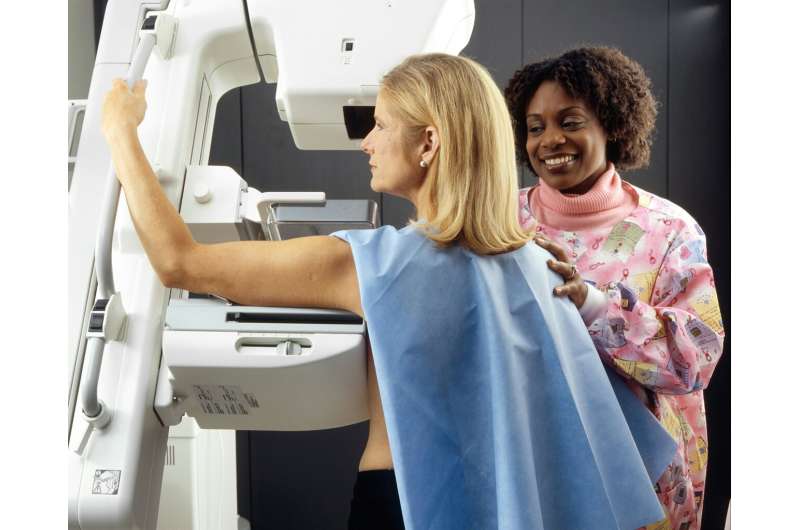Innovative Technique Identifies Aged Cells Using Electric Fields, Advancing Aging Research

A groundbreaking, label-free technique using electric fields enables quick identification of senescent cells, opening new avenues in aging research and regenerative medicine.
Researchers from Tokyo Metropolitan University have developed a novel, label-free method to distinguish aged human cells from younger ones by utilizing electric fields. Traditional methods for identifying senescent cells rely on biochemical labels, which can be complex, time-consuming, and may alter the cells' properties, complicating further study. The new approach circumvents these issues, providing a less invasive and more straightforward technique. By applying an alternating electric field to cell samples, scientists observe how the cells respond to electrical forces, specifically measuring a characteristic known as the cutoff frequency. This property reflects differences in cell membrane composition, notably changes in lipid molecules associated with aging.
The technique leverages frequency-modulated dielectrophoresis (FM-DEP), which assesses cellular movement within non-uniform electric fields. When subjected to an alternating electric field, aged cells exhibit distinct movement patterns compared to younger ones, primarily due to alterations in their lipid membranes. This method proved particularly effective with human dermal fibroblasts—the key cells in skin connective tissue—showing significant differences in their cutoff frequencies between aged and young cells.
This innovative method offers a rapid, simple, and label-free way to identify senescent cells, with promising applications in aging research, regenerative medicine, and drug development. The team aims to expand this approach to other cell types, enhancing our understanding of cellular aging and potentially benefiting the development of anti-aging therapies.
Published in the IEEE Sensors Journal, this research highlights a significant step forward in cellular aging detection, utilizing electrical properties rather than biochemical labels to study senescence. This technique could become a versatile tool in diverse biomedical fields, advancing our ability to analyze and treat age-related conditions.
For more information, see the original publication: Ippei Yagi et al, "Label-free Detection of Senescence-like State in Human Dermal Fibroblasts via Frequency-Modulated Dielectrophoresis," IEEE Sensors Journal, 2025.
Stay Updated with Mia's Feed
Get the latest health & wellness insights delivered straight to your inbox.
Related Articles
Advancements in Genetic Testing Enable More Women to Understand Hereditary Cancer Risks
Innovative genetic testing techniques are now enabling more women to determine their hereditary risk of breast and ovarian cancer, paving the way for personalized prevention and treatment strategies.
Reevaluating BMI: New Study Highlights Its Limitations in Assessing Health
A new study questions the effectiveness of BMI as a health indicator, emphasizing its limitations and urging the adoption of more accurate, inclusive measures for assessing individual health.
Understanding Sports Hernias: Causes, Symptoms, and Management
Sports hernias are a common injury among athletes involving groin pain from overuse and twisting motions. Learn about causes, symptoms, and treatment options to aid recovery.



